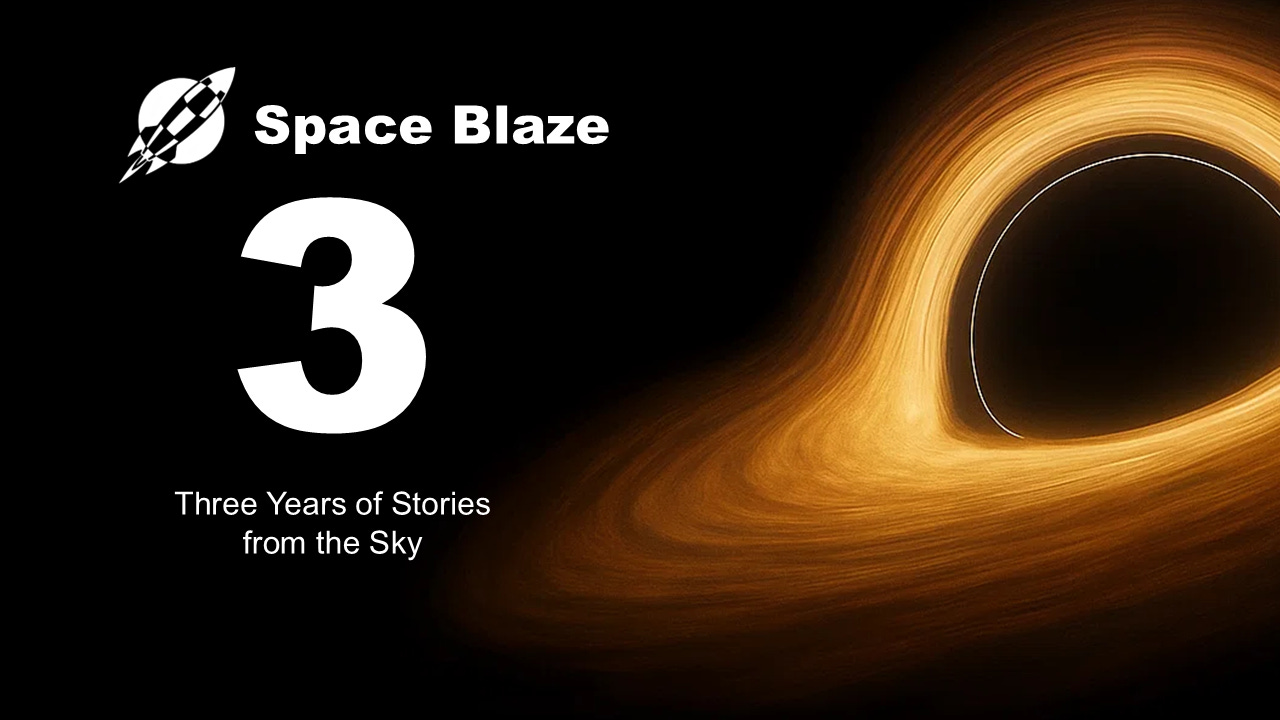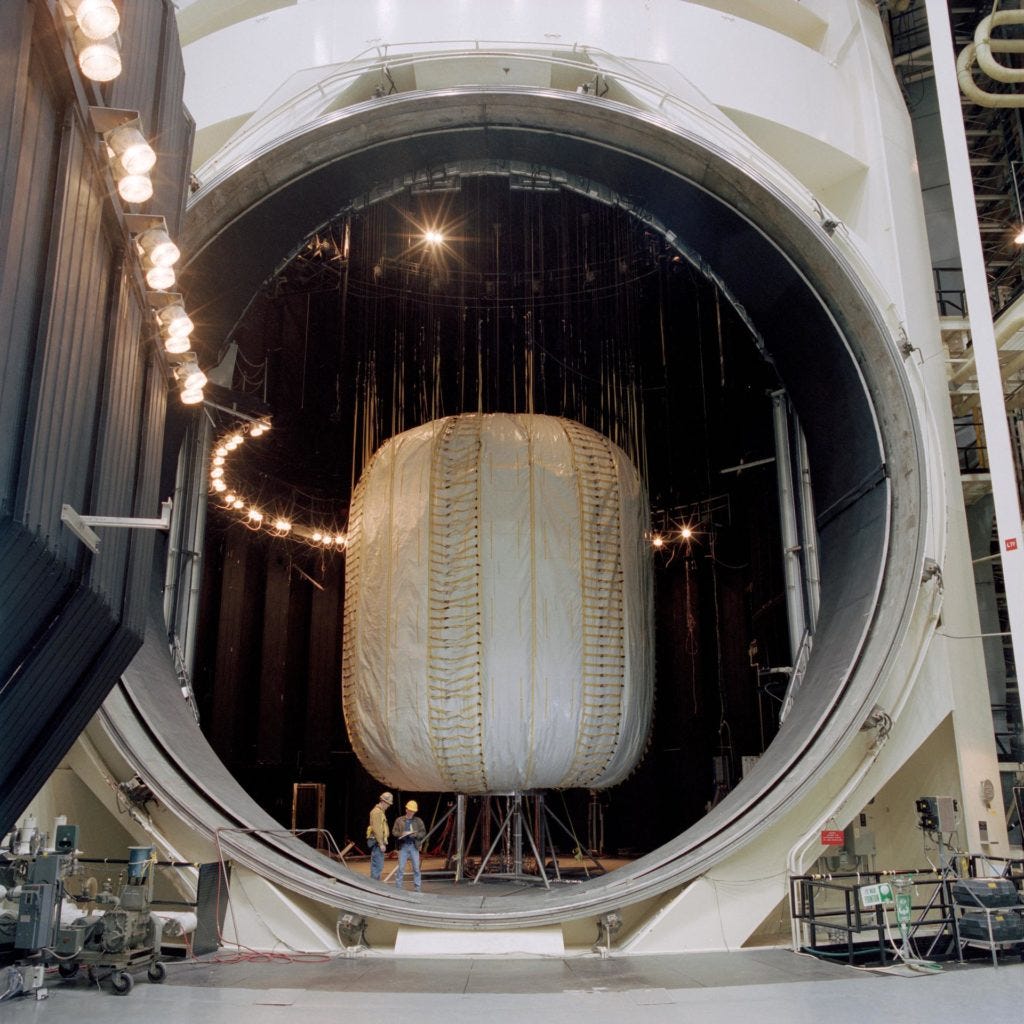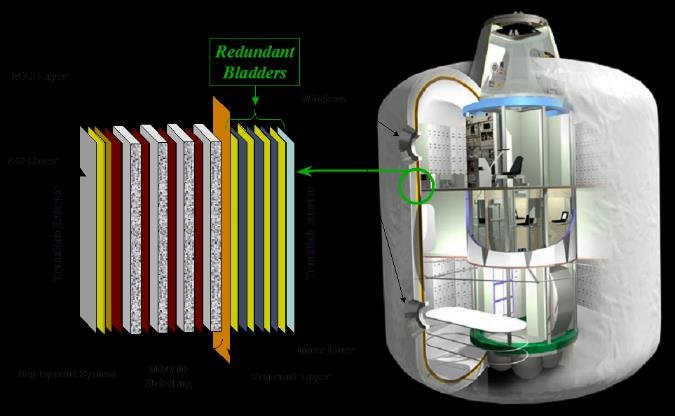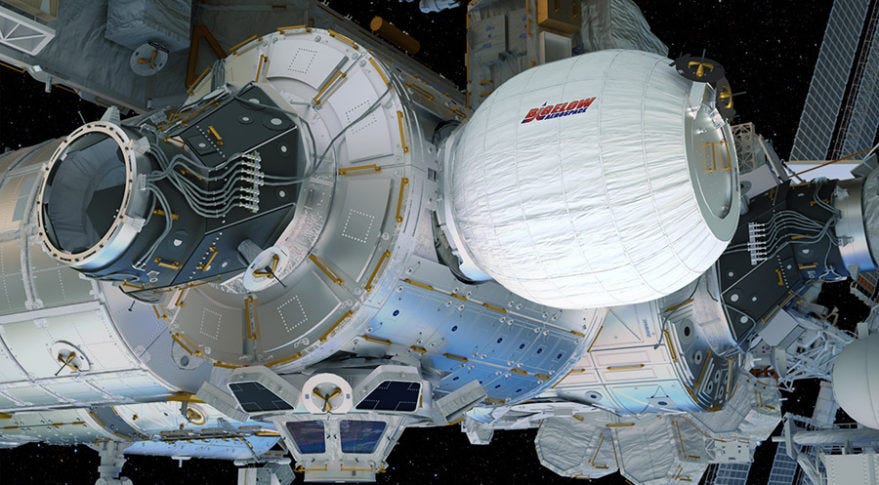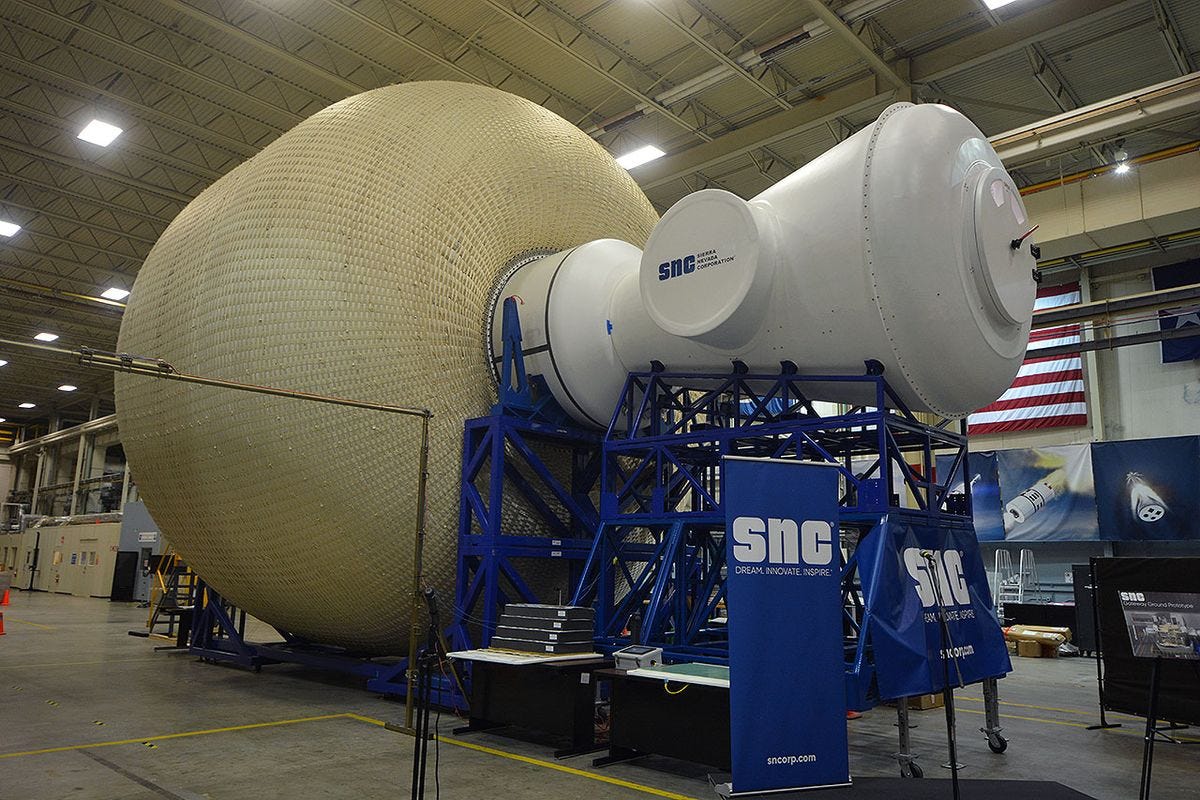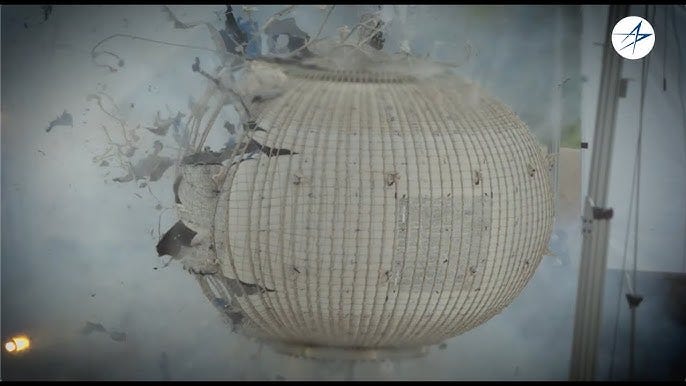Buried Potential? - Inflatable Habitats
Balloon-like habitats that can be inflated in space. Abandoned in 2000, revived with today's tech?
What are Inflatable Habitats?
Inflatable Habitats, as the name suggests, are space habitats that can be launched into space in a compressed state and inflated and used by astronauts. They are made from extremely strong and flexible materials to survive space debris and the other harsh conditions of space. They occupy significantly less space during launch and offer much more volume than regular habitats. One of the earliest and most ambitious attempts was TransHab.
TransHab
In the 1990s, NASA’s Johnson Space Centre developed TransHab, an inflatable crew habitat for the International Space Station. It functioned like a balloon. It could be inflated and used in space, so it wouldn’t take up space on the rocket and could easily withstand the stress of the launch. The Transhab module provided 3 times as much space inside as rigid modules.
Structure
Outer layer:
Insulates the habitat from extreme temperatures of space.
Protects it from highly reactive atomic oxygen (single atoms of O) found in low earth orbit.
Made of Layers of refelctive material to reflect sunlight.
Impact Shield:
Protects habitat from micrometeoroids and small space debris.
Slows down and breaks debris apart before it can reach the inner layer
Made of strong fabrics with foam between them and Kevlar backing.
*Kevlar is frequently found in bullet-proof vests.
Structural layer:
Maintains the shape of the habitat.
Made of straps of Kevlar or Vectran.
Inner layer:
Holds inner air and maintains pressure.
Made of fireproof fabric + multiple bladders.
Project death
TransHab showed promising results during impact testing to make sure it was safe in the event of debris strikes. However, in the year 2000, the project was terminated due to high cost, complexity, and integration challenges.
Revival?
Today, these inflatable habitats could make a comeback as we have developed stronger, lighter, and more flexible materials like Vectran and Nextel. Robotic assembly and deployment, and 3D-printed complex structures could also help bring this to reality.
BEAM
BEAM, short for Bigelow Expandable Activity Module, was a direct descendant of the TransHab. It was developed by Bigelow Aerospace and launched to the International Space Station in 2016, making it the first ever inflatable habitat to be attached to a crewed spacecraft. Though its initial life was only supposed to be 2 years, it is still functioning as a storage module today. BEAM was an excellent proof of concept for inflatable habitats and showed that it is a viable option for space missions.
LIFE
The Large Integrated Flexible Environment (LIFE) is an inflatable habitat currently being developed by a company called Sierra Space. It aims to be used in Blue Origin’s Orbital Reef space station, which is planned for the future.
Others
Many space agencies and private companies are working on building inflatable habitats today. These include Lockheed Martin, Sierra Space. and more. Even NASA has proposed inflatable habitats for its Artemis program.
In the 1990s, TransHab was an ambitious project, perhaps a bit ahead of its time. Nearly 25 years after it was abandoned, technology has advanced rapidly, and proof of concepts like BEAM have performed exceedingly well. There is no doubt that we will see more of these habitats soon. Maybe even sooner than you think.


